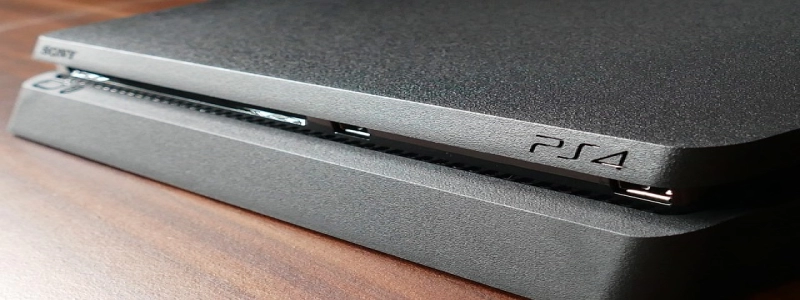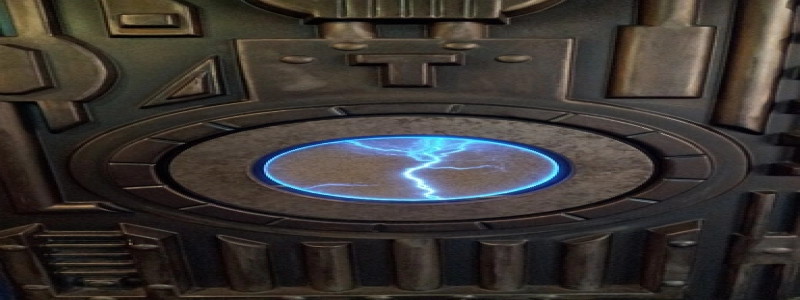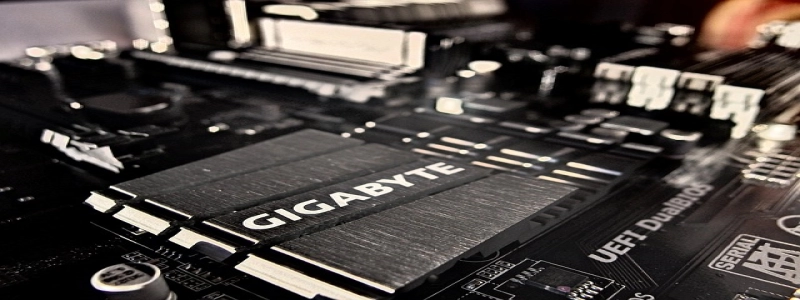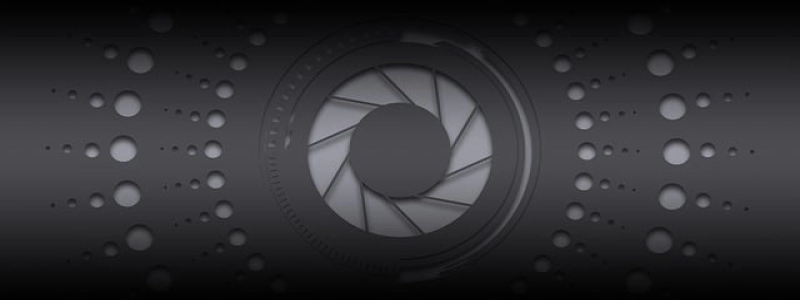Ethernet Frame Header
1. Introduction
The Ethernet frame header is a crucial component of the Ethernet protocol, which is widely used in computer networks for data transmission. This header contains essential information that allows network devices to accurately process and deliver data packets across the network. In this article, we will explore the different levels of the Ethernet frame header and provide a detailed explanation of each field.
2. Preamble
The preamble field is the starting point of the Ethernet frame header. It consists of a sequence of alternating 1s and 0s, which serves as a synchronization signal for the receiving device. The preamble ensures that the receiver correctly synchronizes its internal clock with the incoming data.
3. Start Frame Delimiter (SFD)
After the preamble, the SFD field follows. It is an 8-bit pattern, typically 10101011, which marks the end of the preamble and signals the start of the actual data transmission. This field allows the receiving device to distinguish between the synchronization signal and the actual data.
4. Destination and Source MAC Addresses
Next, the Ethernet frame header includes the destination MAC address field and the source MAC address field. These fields identify the network interface card (NIC) of the destination device and the source device, respectively. The MAC address is a unique hardware identifier assigned to each NIC.
5. EtherType or Length
Following the MAC addresses, the Ethernet frame header contains the EtherType or length field. This field indicates the type of protocol encapsulated within the Ethernet frame payload. For example, if the EtherType value is 0x0800, it denotes that the payload is an IPv4 packet, while 0x86DD indicates an IPv6 packet. Alternatively, if the length field is used instead, it specifies the length of the payload in bytes.
6. Frame Check Sequence (FCS)
Lastly, the Ethernet frame header includes the FCS field, which is responsible for detecting errors during data transmission. It is a 32-bit cyclic redundancy check (CRC) value calculated over the entire frame, including the header, payload, and trailer. The receiving device uses this value to verify the integrity of the received data and discard any frames with errors.
Conclusion
The Ethernet frame header plays a crucial role in the Ethernet protocol by providing necessary information for the accurate transmission and processing of data packets. Its different fields, such as the preamble, SFD, MAC addresses, EtherType/length, and FCS, serve specific purposes in ensuring the reliable delivery of data across computer networks. Understanding the structure and function of the Ethernet frame header is essential for network administrators and engineers working with Ethernet-based networks.








